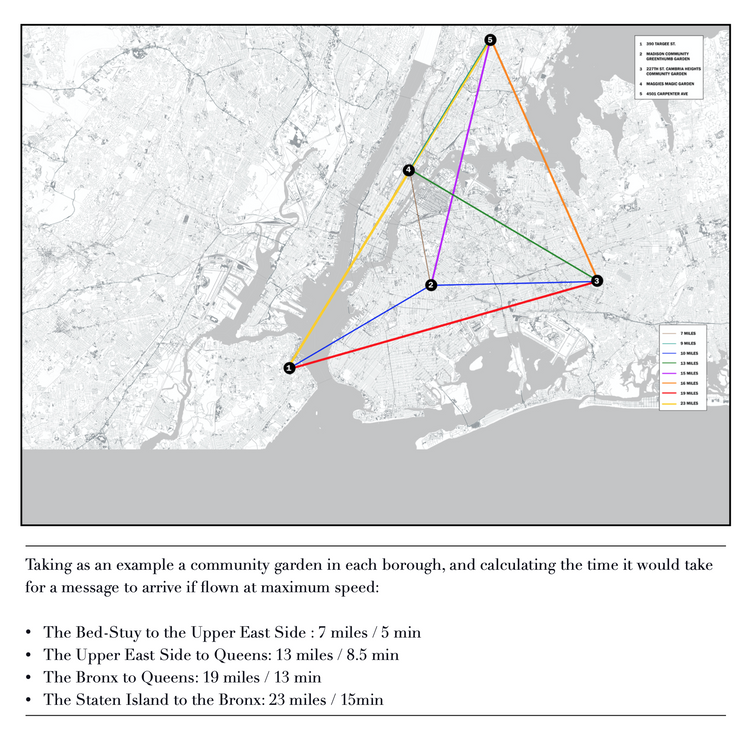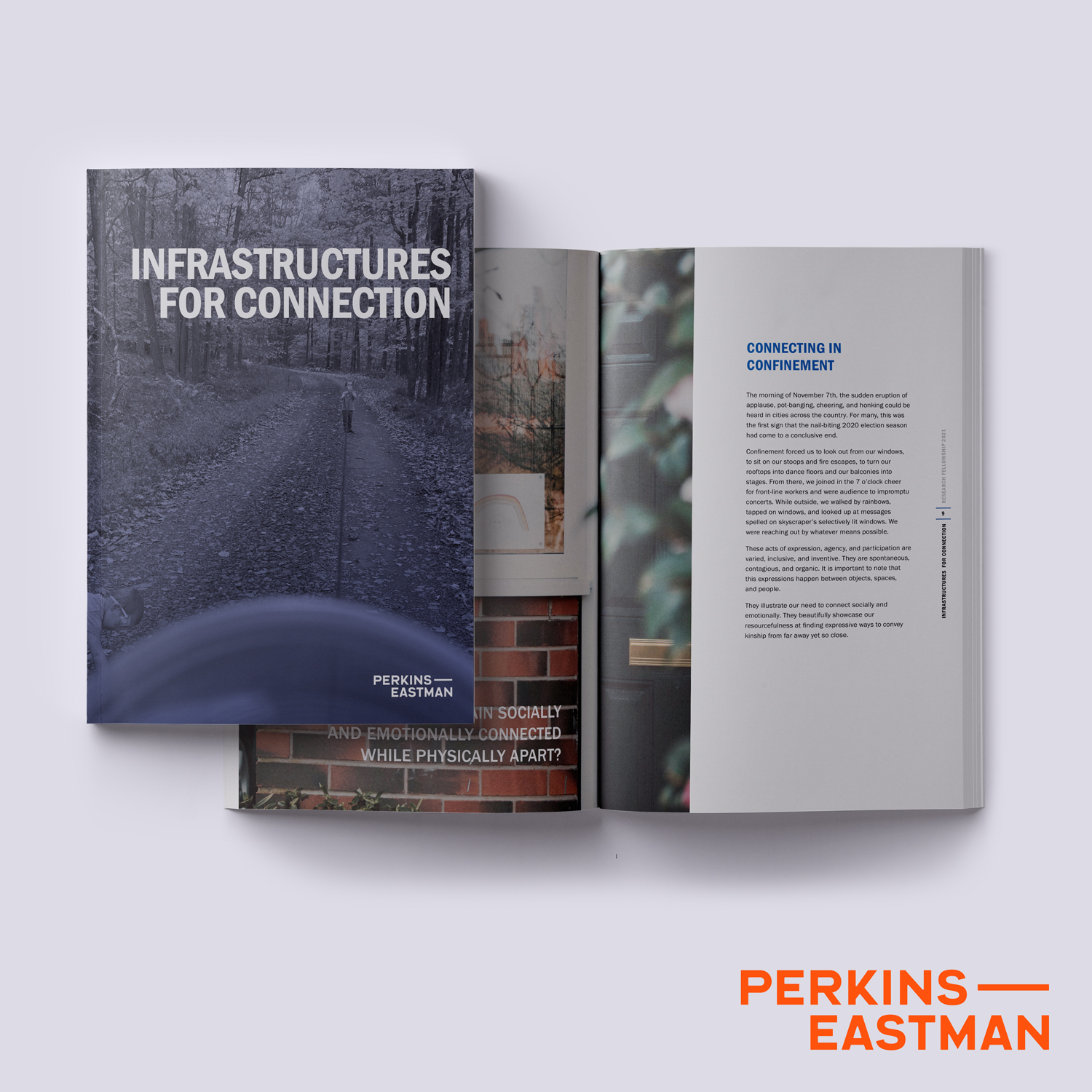INFRASTRUCTURES FOR CONNECTION
This research looks at the pre-digital infrastructures of the past.
Grounded in material form, they leverage their environment in order to function. Their explicitnes as well as their semiotic and aesthetic qualities makes them architectures of association, strengthening our cultural and social interaction. These qualities are no less important than their purely technical functioning.
At a time in which technology is increasingly designed to become more integrated and habitual and infrastructures more abstract, this research aims to imagine what an infrastructure for long-distance communication that allowed for a greater diversity of our motor sensory ability to decompress information would look like.
In Infrastructures for Connection, I examine pre-electric modes of communication and ponder the benefits of incorporating them into a modern urban environment - for example, creating a network of homing pigeons that connects community gardens, or a line of optical semaphores connecting the piers along the Hudson River Park.
For this task, I have taken a decisively constructivist approach, that is, the idea that people actively contribute to the construction of their knowledge by shaping their world through action and mediating through symbol use.
︎
“...before this untethered landscape of smartphones in our pockets and wide use Internet, long-range communication explicitly depended on our physical suroundings to work. We experimented with burning different organic materials to get good visible smoke and leveraged the homing capacity of pigeons to deliver important messages. The relics of some of these infrastructures still stand in many regions of the world--relics of the first attempts to breach range. Semaphore towers can be seen scattered throughout Europe, the beacon towers along the Great Wall of China have been standing for millennia, and whistled languages still bounce off mountain ranges. Whether built or appropriated, these explicit physical infrastructures manifested communication by making it feel tangible, alive, and mechanical. They also required clear engagement and undivided attention from us. Today, the screen’s limited format reduces our incredible sensory-motor abilities, our boundless imaginative skills, and knack for meaning-making. It also makes us oblivious of the infrastructures that it relies on—the Internet and its data, its satellites, server farms, and cooling systems. Ubiquitous computing is everywhere and nowhere to be seen, making it hard to understand or manipulate the infrastructures that facilitate our lives. We have abstracted their concreteness down to the vocabulary—we use the word “Cloud” to refer to millions of impactful data centers— obscuring the systems and processes that facilitate our exchanges. This physicality has important material, environmental, social, and political implications which, when out of sight, remain out of mind. The changing formats have also created an increasingly divisive landscape where some groups have been systematically excluded (Marvin & Graham, 2001).”
At a time in which technology is increasingly designed to become more integrated and habitual and infrastructures more abstract, this research aims to imagine what an infrastructure for long-distance communication that allowed for a greater diversity of our motor sensory ability to decompress information would look like.
In Infrastructures for Connection, I examine pre-electric modes of communication and ponder the benefits of incorporating them into a modern urban environment - for example, creating a network of homing pigeons that connects community gardens, or a line of optical semaphores connecting the piers along the Hudson River Park.
For this task, I have taken a decisively constructivist approach, that is, the idea that people actively contribute to the construction of their knowledge by shaping their world through action and mediating through symbol use.
︎
“...before this untethered landscape of smartphones in our pockets and wide use Internet, long-range communication explicitly depended on our physical suroundings to work. We experimented with burning different organic materials to get good visible smoke and leveraged the homing capacity of pigeons to deliver important messages. The relics of some of these infrastructures still stand in many regions of the world--relics of the first attempts to breach range. Semaphore towers can be seen scattered throughout Europe, the beacon towers along the Great Wall of China have been standing for millennia, and whistled languages still bounce off mountain ranges. Whether built or appropriated, these explicit physical infrastructures manifested communication by making it feel tangible, alive, and mechanical. They also required clear engagement and undivided attention from us. Today, the screen’s limited format reduces our incredible sensory-motor abilities, our boundless imaginative skills, and knack for meaning-making. It also makes us oblivious of the infrastructures that it relies on—the Internet and its data, its satellites, server farms, and cooling systems. Ubiquitous computing is everywhere and nowhere to be seen, making it hard to understand or manipulate the infrastructures that facilitate our lives. We have abstracted their concreteness down to the vocabulary—we use the word “Cloud” to refer to millions of impactful data centers— obscuring the systems and processes that facilitate our exchanges. This physicality has important material, environmental, social, and political implications which, when out of sight, remain out of mind. The changing formats have also created an increasingly divisive landscape where some groups have been systematically excluded (Marvin & Graham, 2001).”


